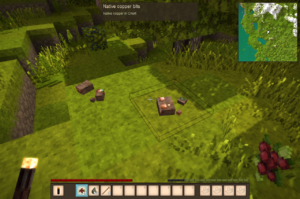Casting: Difference between revisions
(Changed "Solderbars" link to go directly to Solderbars section on Alcohol Brewing page) |
(Adding metals navbox) |
||
| Line 133: | Line 133: | ||
<!--T:15--> | <!--T:15--> | ||
{{Metals navbox}} | |||
{{Navbox|Vintage Story}} | {{Navbox|Vintage Story}} | ||
</translate> | </translate> | ||
Revision as of 16:17, 31 May 2022
Casting is primarily used to make metal tools from copper and bronze, which are smelted into a liquid state and molded or "cast" into tool heads. Base metal ore nuggets or alloys can also be converted to ingots using this process.
Required Materials
To cast metal items, players need a crucible, firepit, fuel (coal or charcoal), clay molds created by clay forming and metal nuggets.
Casting Tool Availability
- Axe: (Harvesting) Damages Wood, Leaf and plant blocks including trees, logs, planks, fences, gates and wooden building components. Used to create firewood.
- Hammer: (Crafting) Used in smithing, and to crush stones/ores in the crafting grid when no quern is available.
- Hoe: (Crafting) Used in farming to convert soil into farmland.
- Pickaxe: (Harvesting) Damages Rock, Stone and Ceramic blocks; used to harvest rock and ores.
- Propick: (Harvesting) Damages Rock blocks; used to detect the presence of ores when mining.
- Shovel: (Harvesting) Damages Terrain blocks including Soil, Clay, Peat, Sand, and Gravel. Used to harvest terrain blocks or terraform the landscape.
- Sword: (Weapon) Damages Mobs; used as a melee combat weapon
Obtaining Ores
Metal nuggets can be obtained by panning. Small stones containing metal ores also appear on the surface of the world and are a good early game source of metal nuggets. To gather surface deposits, "breaking" the ore containing stones (with an empty hand or any item) to converts the stones into ore nuggets for collection. These surface deposits are an indicator of larger underground ore deposits. Be sure to add a waypoint to mark the location for later mining operations.
Preparing Ores
Nuggets obtained by collecting small stone surface deposits or panning are "ready to use" and do not require additional processing. Ores collected by mining are trapped in the parent stone. Stone and metal ore chunks must be placed in the crafting grid with a hammer to crush the stone and obtain smeltable ore nuggets. Each nugget contains 5 units of base metal.
Smelting Metal
Smelting is performed in a crucible. The crucible will hold four complete stacks of 128 nuggets, but only one base metal or alloy may be smelted at a time. To smelt an alloy, the appropriate mix of ore nuggets must be placed in the crucible prior to heating.
Preparing the Crucible
- Place the crucible in the input slot of the firepit to access the crucible GUI.
- Add ore nuggets (5 units each) into the four input slots of the crucible GUI. Ore amounts and types can be chosen based on which metal or alloy is to be created, and how much material is required to fill the selected molds.
- When the correct ingredients for an alloy are added, the GUI displays the amount (metal units) and type of material that will result from the smelting process
- Add fuel, Peat, coal or charcoal and light the firepit. Be sure to select the fuel appropriately, the fuel must raise and maintain the temperature of the metal above the melting point to liquefy the ores within the crucible.
- When the metals are liquefied, the glowing crucible will shift to the firepit output slot.
Adding ores after the process begins resets the temperature.
Alloying metals
To alloy two or more metals together, a certain ratio of metal nuggets is required in the Crucible. Exact ratios are detailed in the Alloy Ratios Section. For instance, to alloy Bismuth Bronze, a ratio of 2-4 Bismuth nuggets, 10-14 Copper nuggets, and 4-6 Zinc nuggets will create a single ingot of Bismuth Bronze. These numbers of nuggets can be combined in any arrangement; for example, if you have very little Zinc and Bismuth, you may elect to complete the recipe with 2 Bismuth nuggets, 14 Copper nuggets, and 4 Zinc nuggets.
If attempting to create a full ingot of an alloy, any ratio of nuggets should add up to 20 nuggets (or 100 units) of metal. Alloy recipes not fulfilling this condition will create amounts of metal too small to cast an ingot or tool from.
Casting Metals
Metal ores and alloys with melting points at or below 1300°C can be smelted in a crucible and cast to form metal ingots prior to smithing or tool heads using clay molds. Copper and Bronze Alloys may be cast into tool heads using clay molds.
Tool heads and ingots require 100 metal units (20 ore nuggets) per item
Filling Molds
- Place the ingot or tool head mold to be filled on a solid surface. Tool molds occupy one block, but ingot molds may be placed two to a block.
- Pick up the glowing crucible will appear glowing and will shift to the firepit output slot (GUI: right).
- With the crucible in an active hotbar slot, select the mold with the display crosshairs and
pour materials into the ingot or tool mold.
- When the mold is filled, no more metal can be added to the mold.
- The metal will cool in the mold, and item temperature can be viewed in the block GUI.
- When the metal is cold, ingots and tool heads can be
removed from the molds.
If a player attempts to pick up a mold before the metal is cool, the liquid material will be lost. A partially filled mold cannot be picked up without losing the material, even after the metal cools.
Alloy Ratios
- Tin bronze, a mixture of copper and tin, has twice the durability of copper.
- Bismuth bronze, a mixture of copper, bismuth, and zinc, has slightly higher durability than tin bronze. In comparison to Tin Bronze, weapons and tools made from bismuth bronze are slightly slower (reduced mining speed) and have reduced attack power (HP).
- Black bronze is a mixture of copper, gold, and silver. It has the highest durability of all bronze alloys.
| Alloy | Name | Melting point | Components | Uses |
|---|---|---|---|---|
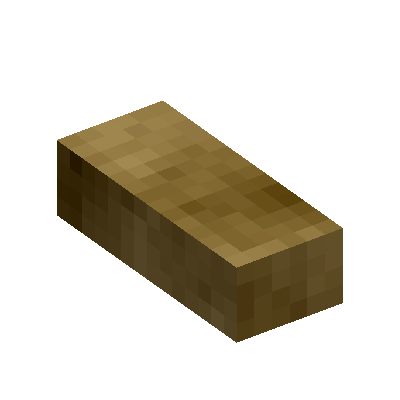
|
Brass | 920 °C | Zinc 30% to 40%
Copper 60% to 70% |
Lanterns, Torch holders |
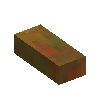
|
Bismuth Bronze | 850 °C | Bismuth 10% to 20%
Copper 50% to 70% Zinc 20% to 30% |
Armor, Tier 3 Tools/Weapons |
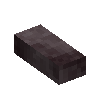
|
Black Bronze | 1020 °C | Copper 68% to 84%
Gold 8% to 16% Silver 8% to 16% |
Armor, Tier 3 Tools/Weapons |
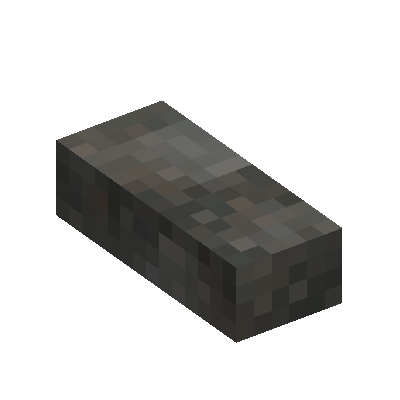
|
Molybdochalkos | 902 °C | Copper 8% to 12%
Lead 88% to 92% |
Lanterns |
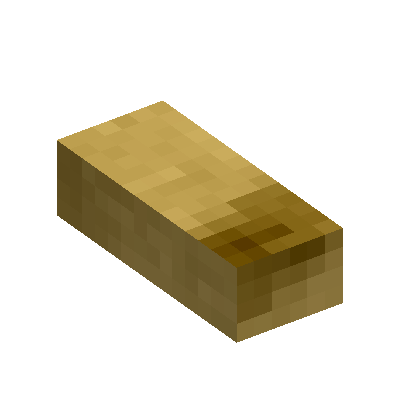
|
Tin Bronze | 950 °C | Copper 88% to 92%
Tin 8% to 12% |
Armor, Tier 3 Tools/Weapons |
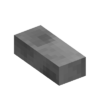
|
Lead Solder | 327 °C | Lead 45% to 55%
Tin 45% to 55% |
Solderbars |
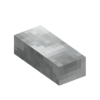
|
Silver Solder | 758 °C | Silver 40% to 50%
Tin 50% to 60% |
Solderbars |
Tutorial Video: Casting
| Ores, metals and minerals | |
|---|---|
| Guides | Ore Deposits • Metals |
| Metals | Copper • Iron • Meteoric iron • Gold • Silver • Lead • Tin • Zinc • Bismuth • Titanium (Ilmenite) • Nickel |
| Alloys | Bronze (Tin bronze, bismuth bronze, black bronze) • Steel • Brass • Solder (Lead solder, Silver solder) • Molybdochalkos • Cupronickel • Electrum |
| Minerals | Alum • Borax • Cinnabar • Coal • Halite (Salt) • Lapis lazuli • Quartz • Saltpeter • Sulfur • Sylvite (Potash) |
| Tools | Pickaxe • Hammer • Prospecting Pick • Crucible • Forge • Ore blasting bomb • Quern • Anvil • Bloomery • Helve hammer • Pulverizer |
| Other | Gemstones |
| Related mechanics | Panning • Mining • Clay forming • Casting • Smithing • Steel making |
| {{{title}}} | |
|---|---|
